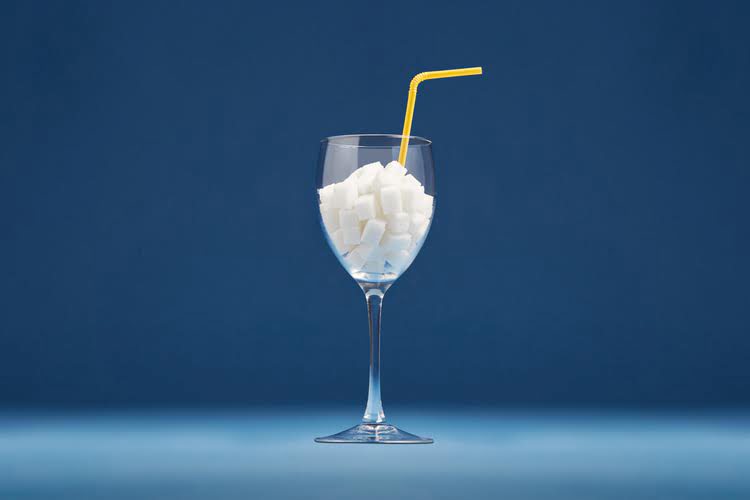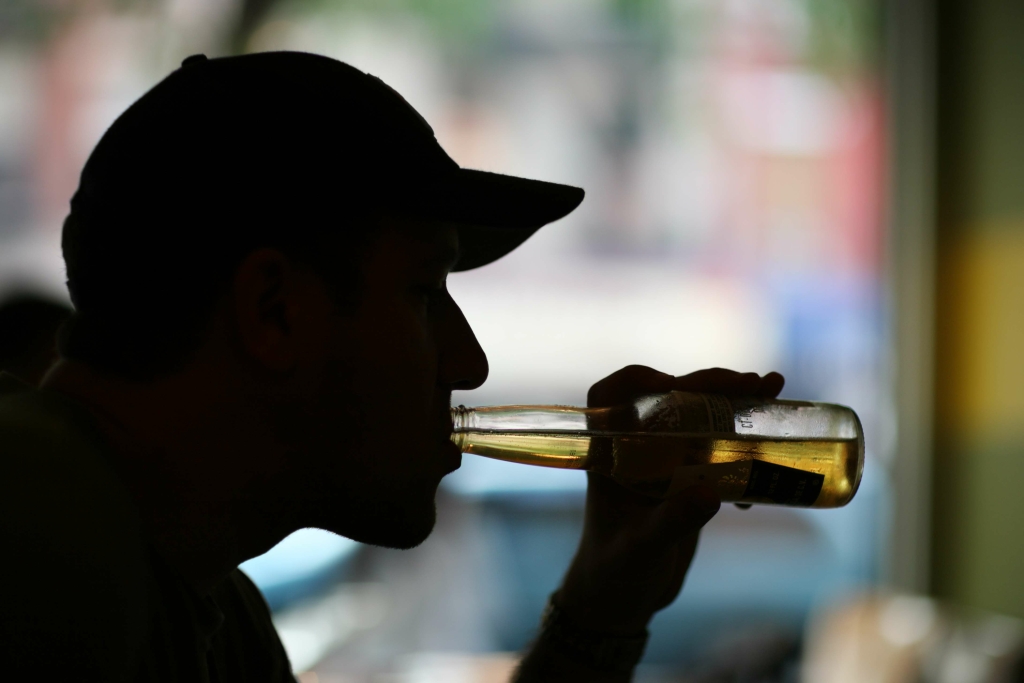In a 2018 study involving 2,197 people with migraine, 25% of the participants who stopped or always avoided drinking did so because alcohol triggered migraine attacks. More than a third of the participants said that alcohol had this effect, with about 78% naming red wine as the most common alcohol trigger. Research shows that people with migraine may also experience related symptoms during a hangover. Reducing or eliminating alcohol may reduce the frequency of migraine attacks. It may also help eliminate triggers that tend to co-occur with drinking, such as dehydration and sleep deprivation. This data suggests that there may be a misperception that drinks containing alcohol cause migraine attacks.

What’s the Connection Between Alcohol and Migraines?
- Although any type of alcohol can trigger a migraine, people who experience regular migraine attacks cite red wine as the most frequent culprit.
- Any relief experienced from red wine likely comes from resveratrol, a potentially health-boosting plant compound.
- Migraine episodes triggered by alcohol consumption typically happen within about an hour.
Symptoms accompanying hypoglycemia-induced headache include sweating, shakiness, irritability, confusion, and fatigue. Another potential cause is tyramine — an amino acid found in various alcoholic drinks. Tyramine is a naturally occurring compound found in various fermented foods and alcoholic beverages. Substances found in the ingredients that alcohol is made of or ones produced as byproducts of alcohol fermentation can also be responsible for cocktail headaches. For example, sulfites — compounds often used as preservatives in wine, some beers, and certain spirits — can be a contributing factor. While sulfites are generally harmless, some people are sensitive or allergic to them, leading to a myriad of reactions, including headaches.

How Soon After Drinking Can A Headache Begin?
Migraine episodes triggered by alcohol consumption typically happen within about an hour. Delayed alcohol headaches or hangovers generally take hours to start, such as the following day after a night of drinking too much. Vodka and gin are both clear liquors that are made through the distilling process discussed above. Twelve-step program This process removes congeners, which means that these drinks are less likely to trigger migraine attacks. However, they can still contain other triggers like histamine or tannins. Histamine, tannins, tyramine, flavonoid phenols, sulfites, and phenylethylamine are all found within alcoholic beverages and this also includes beer.

Health Conditions
Different types of alcohol are made through a fermentation process. Alcohols like gin and vodka are fermented first from a mash of foods that contain starch migraines and alcohol and sugar. They are then distilled to increase the alcohol content and this process removes the congeners in the alcohol. However, if this is something that you find difficult then there are things you can do to reduce the chances of experiencing an unpleasant headache. Those suffering from an immediate alcohol-induced headache will likely feel a pulsating sensation, usually on both sides of the head.
Two people can have the same blood alcohol levels, but their BAC will differ. This is https://empowerment.uncodethemes.com/coaching/divorce-and-addiction-shocking-impact-on-marriage/ because blood alcohol concentrations are not the same for everyone. Sugary mixers and tropical drinks can also cause you to drink too much. Sweeteners mask their flavors, so it’s easier to keep drinking them.
